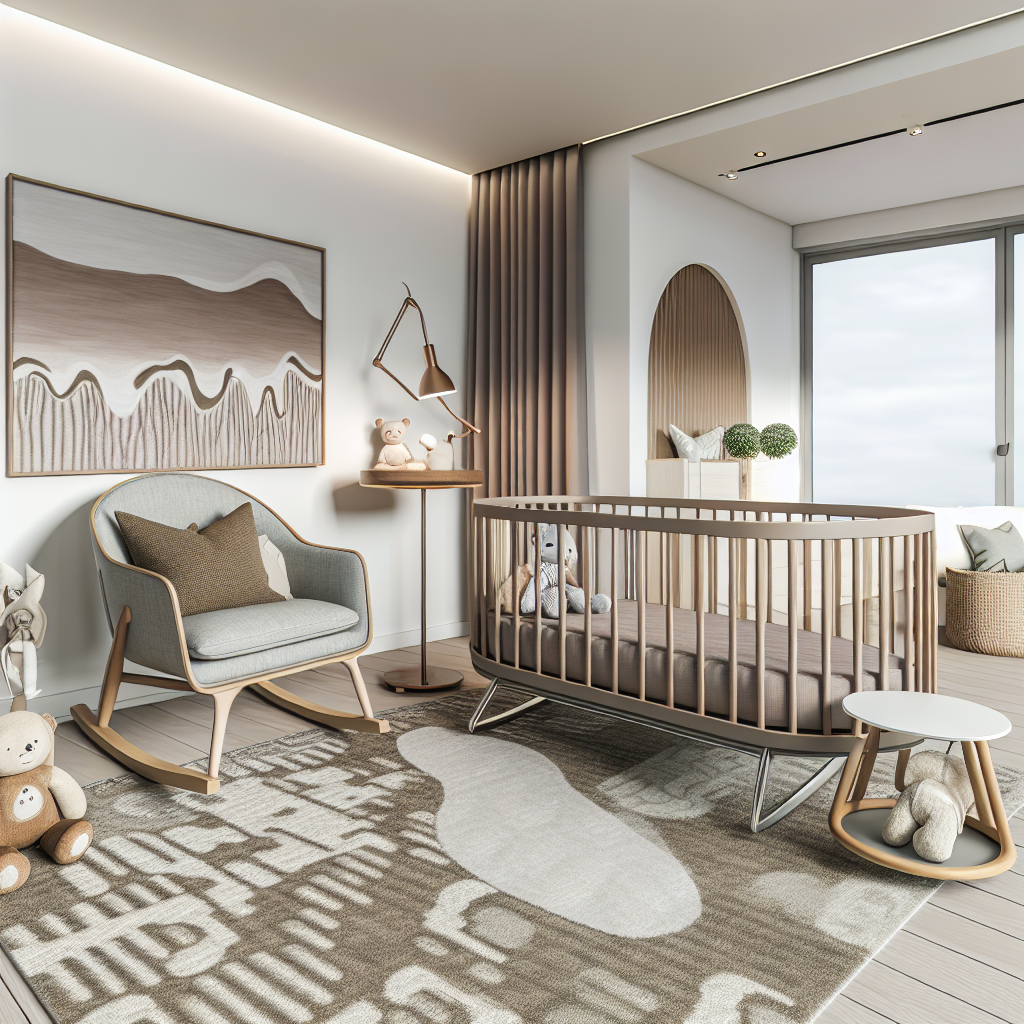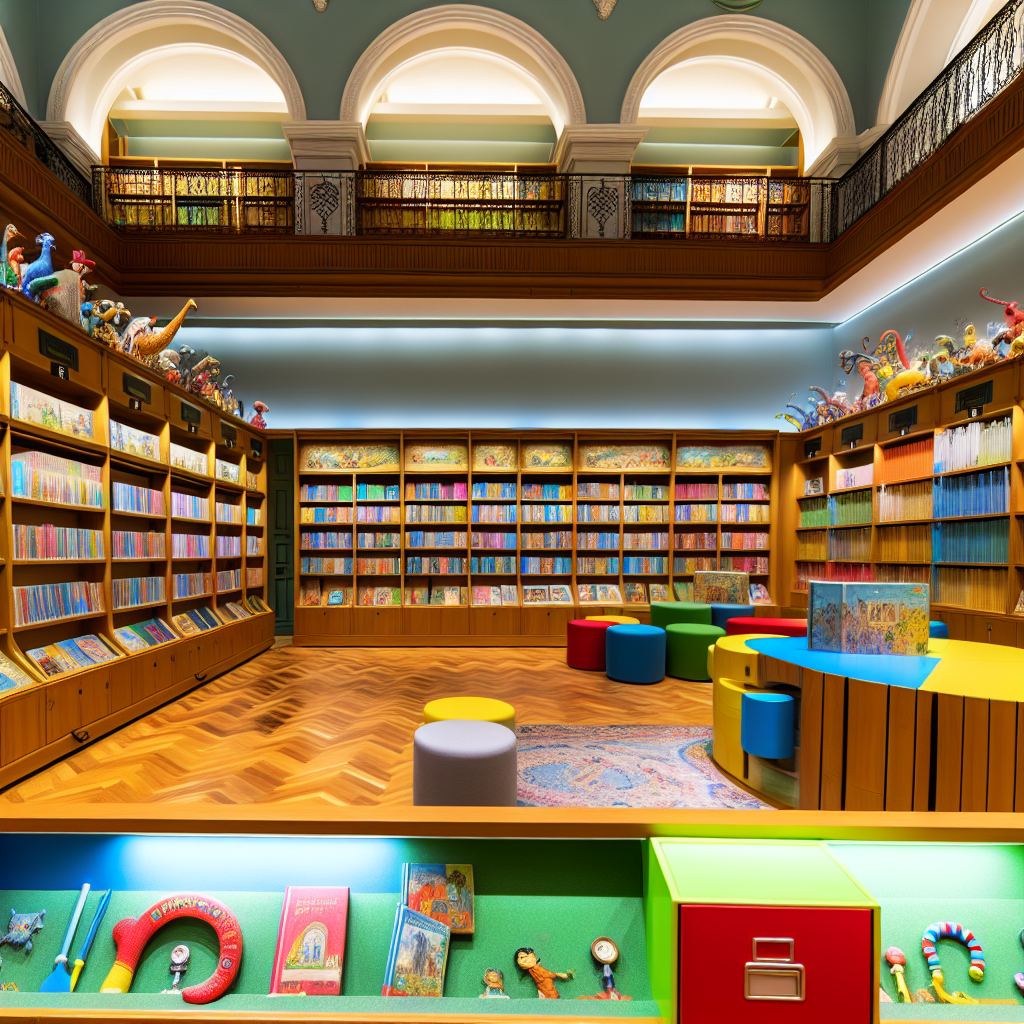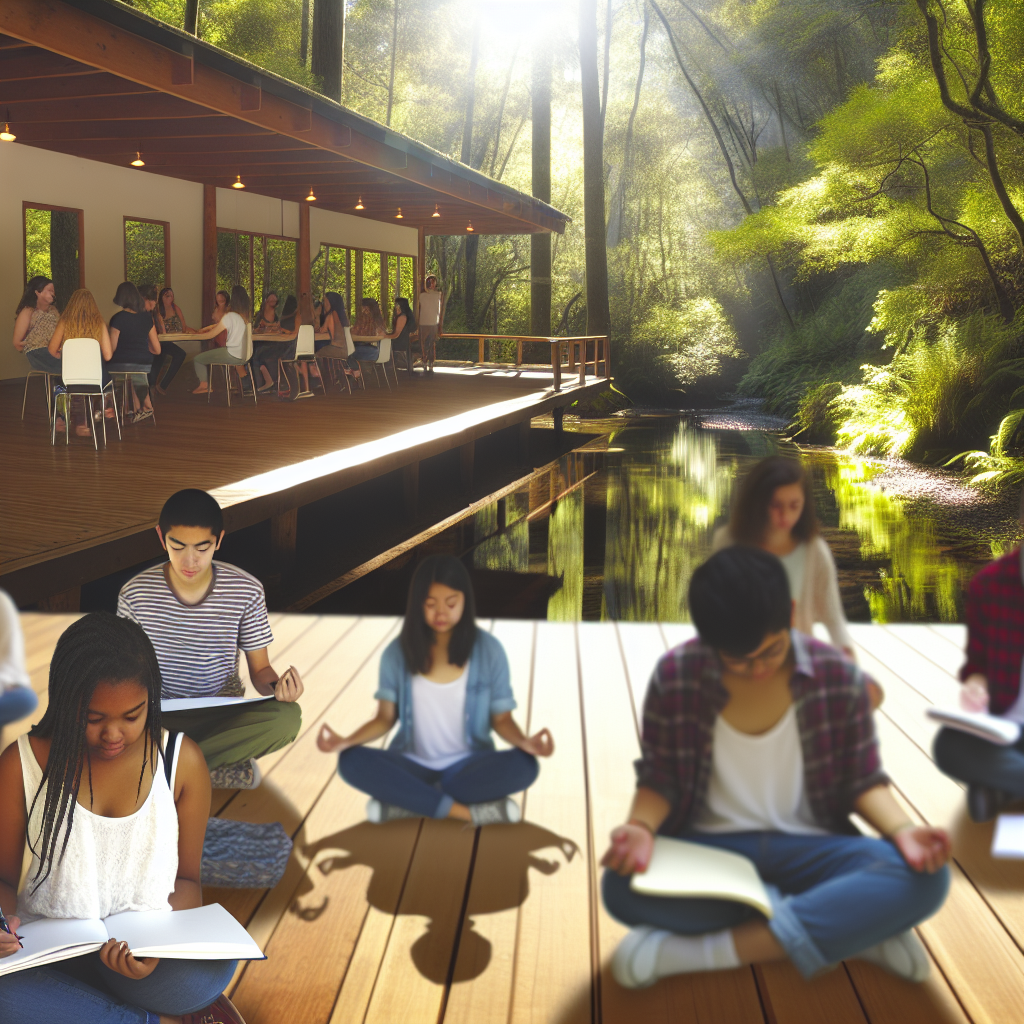Luxury Nursery Design Trends for Modern Parents
In today’s world of design-forward parenting, the luxury nursery has evolved far beyond whimsically painted walls and classic cribs. Modern, style-conscious parents of means now demand functional elegance, safety without compromise, and aesthetic harmony with the rest of their curated homes. The nursery is no longer a space merely for sleeping and changing—it’s a sanctuary that promotes comfort, growth, and sensory development while serving as a visual testament to a family’s values, taste, and status.
As parenting becomes increasingly intentional and infused with wellness practices, luxury nursery design has transcended fleeting trends to embrace personalization, sustainability, and innovation. Parents with disposable income are investing in artisanal furniture, eco-friendly materials, and smart technologies that care equally for their newborn’s well-being and their refined design sensibilities. Minimalist Scandinavian influences now meet heirloom-quality craftsmanship. Sustainably sourced woods are replacing mass-produced alternatives, creating one-of-a-kind, tactile environments.
In addition, interiors are increasingly aligning with biophilic design—integrating natural elements such as plants, organic shapes, and textures to foster a calm, developmentally supportive space. This approach not only promotes infant wellness but also speaks to the parental desire for connection with nature within the modern home.
The modern luxury nursery is a space rich in soft textures and sensory experiences—from plush alpaca throws to ethically crafted wall art. Every surface is intentionally selected, from the breathable weave of GOTS-certified crib sheets to the soothing earth tones used on the walls. Designers today collaborate with pediatricians and developmental experts to ensure that beauty and function merge into an optimal nurturing environment. This multidisciplinary approach supports not only visual aesthetics but also cognitive and emotional growth for infants.
Sophisticated parents are also embracing discreet, design-integrated technology. Smart monitors built into sleek wall panels, ambient lighting systems tuned to infant sleep cycles, and contactless temperature readers demonstrate that high-tech features can blend seamlessly into a luxury aesthetic. The balance between innovation and minimalism means that today’s nursery is both smarter and more serene.
In combining cutting-edge design, child development research, and holistic living, the modern nursery becomes more than a room—it becomes a signature of intentional, high-end parenting.
Features and Professional Insight
Luxury nursery design is not just aesthetic indulgence—it is grounded in science. Environments that engage an infant’s senses in controlled, nurturing ways are increasingly linked to improved developmental outcomes.
A multidisciplinary study from the University of Minnesota’s Institute of Child Development highlights that soothing environments in early life can have transformative effects on a newborn’s brain development and emotional regulation. Interior design in this context goes beyond taste—it becomes an intervention. Key elements such as calming color palettes (think soft greys, greens, and beige), diffused, adjustable lighting, and tactile, natural materials contribute to this soothing atmosphere. These nuances can help synchronize the infant’s circadian rhythms, especially when paired with daylight-emulating bulbs and blackout window treatments.
The principles of biophilic design are especially important. According to the International Journal of Environmental Research and Public Health, incorporating nature into the nursery—such as indoor plants, wooden textures, and even subtle water features—can reduce parent and infant stress levels and improve overall cognition. These spaces may also have better indoor air quality, a critical feature for fragile, developing respiratory systems.
Sleep quality is another essential parameter. Research by the American Academy of Pediatrics shows that consistent temperature, reduced noise pollution, dimmable lighting, and isolation from outside disturbances can promote healthy sleep patterns. Innovations like acoustic insulation, sound masking devices, and thermal blackout drapes are now part of luxury nursery standards—not only for perceived comfort but also for measurable improvements in sleep safety and quality.
Ergonomics in nursery furniture is also gaining spotlight attention. According to the American Chiropractic Association, the use of well-designed rockers, gliders, and nursing chairs with lumbar support significantly reduces the risk of back strain and other musculoskeletal conditions that often arise with repetitive newborn care duties. Height-adjustable cribs and padded changing tables further improve the experience for parents, enabling safer and more comfortable interaction with their infants.
Sustainability has also taken center stage. Conscious parents and designers are turning to GOTS-certified organic textiles and FSC-certified woods. These materials are not only environmentally responsible but are also safer for babies. Many nursery furnishings now carry GreenGuard Gold Certification, signaling that the product emits minimal volatile organic compounds (VOCs), reducing the risk of respiratory irritation or long-term health challenges.
These features underscore the fact that luxury nursery design is a science-driven investment. It bridges psychology, medicine, and design to ensure that babies and their caregivers have the most nurturing environment possible.
Conclusion
Creating a luxury nursery today is far more than an exercise in style—it’s the intentional shaping of a child’s first environment. Discerning parents invest in spaces that not only meet their aesthetic standards but are emotion- and wellness-forward. As trends evolve toward personalization, sustainability, and high-function design, one thing remains clear: the nursery is the modern home’s most symbolic room. It’s where design meets purpose, where science meets serenity, and where lifelong values begin to take root.
Thoughtful, curated environments now mark the start of a child’s journey—not into luxury as indulgence, but into a world that values beauty, functionality, well-being, and intentional living.
References
- University of Minnesota Institute of Child Development
- International Journal of Environmental Research and Public Health – Biophilic Nursery Design
- American Academy of Pediatrics – Baby Sleep Guidelines
- American Chiropractic Association – Nursery Ergonomics
- GreenGuard Gold Certification – UL.com

Dominic E. is a passionate filmmaker navigating the exciting intersection of art and science. By day, he delves into the complexities of the human body as a full-time medical writer, meticulously translating intricate medical concepts into accessible and engaging narratives. By night, he explores the boundless realm of cinematic storytelling, crafting narratives that evoke emotion and challenge perspectives. Film Student and Full-time Medical Writer for ContentVendor.com




